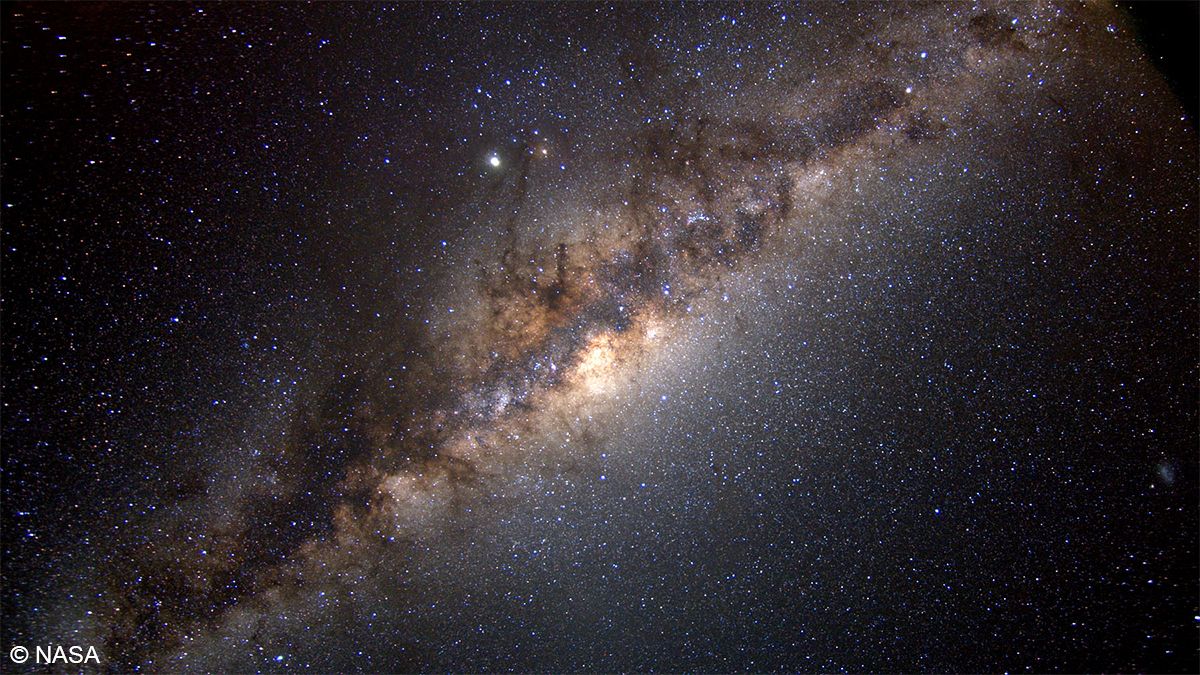Astronomers announced on Monday that they had discovered what many consider the holy grail of their field: ripples in the fabric of space-time that are echoes of the massive expansion of the universe that took place just after the Big Bang.
Predicted by Albert Einstein nearly a century ago, the discovery of gravitational waves would be the final piece in one of the greatest achievements of the human intellect. It would help scientists understand how the universe began and evolved into the cornucopia of galaxies and stars, nebulae and vast stretches of nearly empty space that constitute the known universe.
“Detecting this signal is one of the most important goals in cosmology today,” John Kovac of the Harvard-Smithsonian Center for Astrophysics, who led the research, said in a statement.
Gravitational waves are tiny, primordial undulations that propagate across the cosmos. Astronomers have sought them for decades because they are the missing evidence for two theories, one that launched the current era of research into the origins and evolution of the cosmos — Einstein’s general theory of relativity, published in 1916 — and one that put the finishing touches on it, called inflation and developed in the 1980s. In a fraction of a second after the Big Bang, the explosion of space-time that began the universe 13.8 billion years ago, the infant cosmos inflated to many times its initial size in less that a quadrillionth of a second (specifically, 10 -34 second, or a decimal point followed by 33 zeroes and a 1).
The gravitational waves were detected by a telescope at the South Pole called BICEP (Background Imaging of Cosmic Extragalactic Polarization). The instrument, which scans the sky from the south pole, examines what is called the cosmic microwave background, which is the extremely weak radiation that pervades the universe. Its discovery in 1964 by astronomers at Bell Labs in New Jersey was hailed as the best evidence to date that the universe began in an immensely hot explosion.
The microwave background radiation, which has been bathing the universe since 380,000 years after the Big Bang, is a mere 3 degrees above absolute zero, having cooled to near non-existence from the immeasurably hot plasma that was the universe in the first fractions of a second of its existence. The background radiation is not precisely uniform. Like light, the relic radiation is polarized as the result of interacting with electrons and atoms in space.
Computer models predicted a particular curl pattern in the background radiation that would match what would be expected with the universe’s inflation after the big bang. The team not only found the pattern, but discovered it was considerably stronger than expected.
“This has been like looking for a needle in a haystack, but instead we found a crowbar,” team co-leader Clem Pryke, with the University of Minnesota, said in a statement.
Reuters
